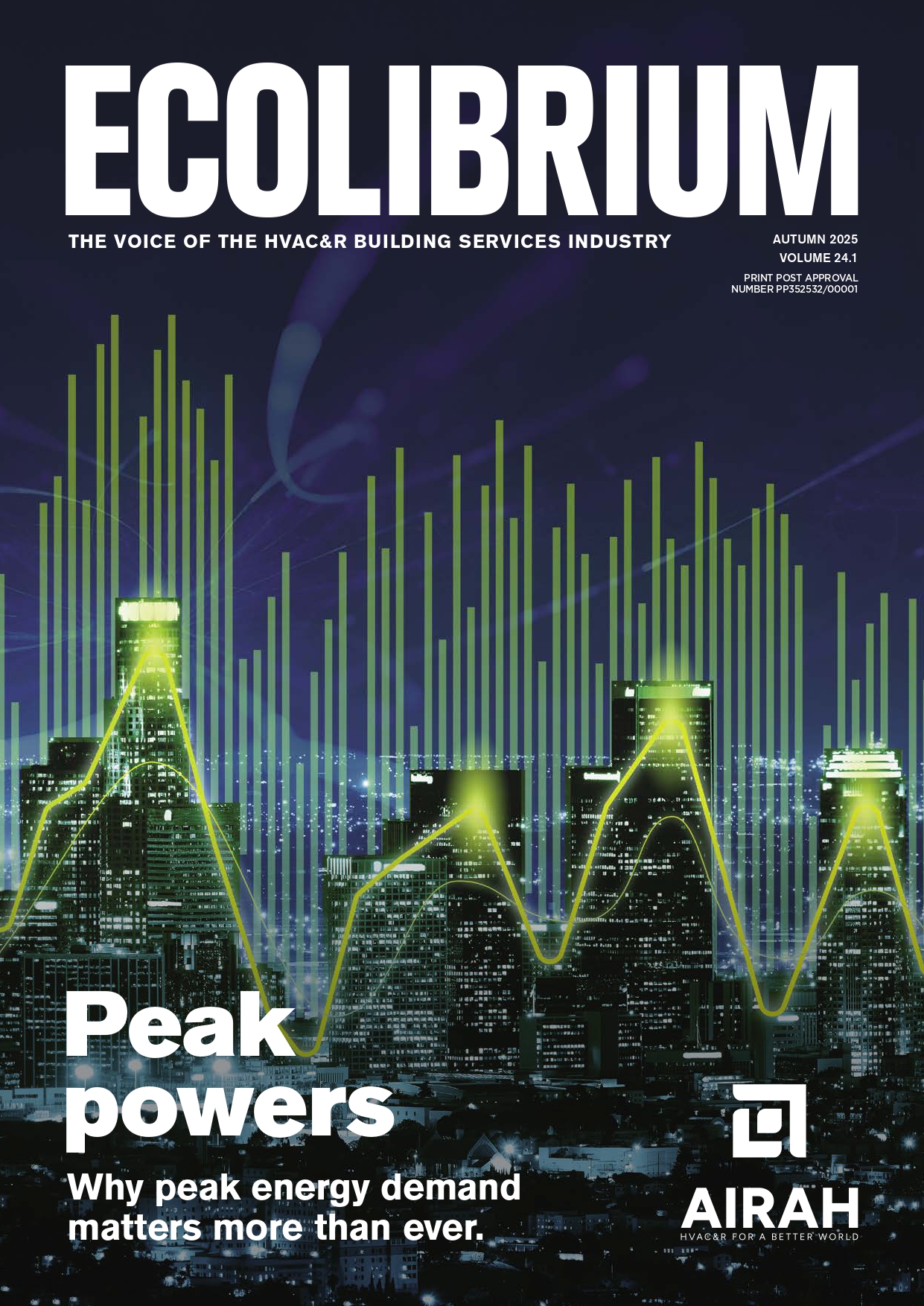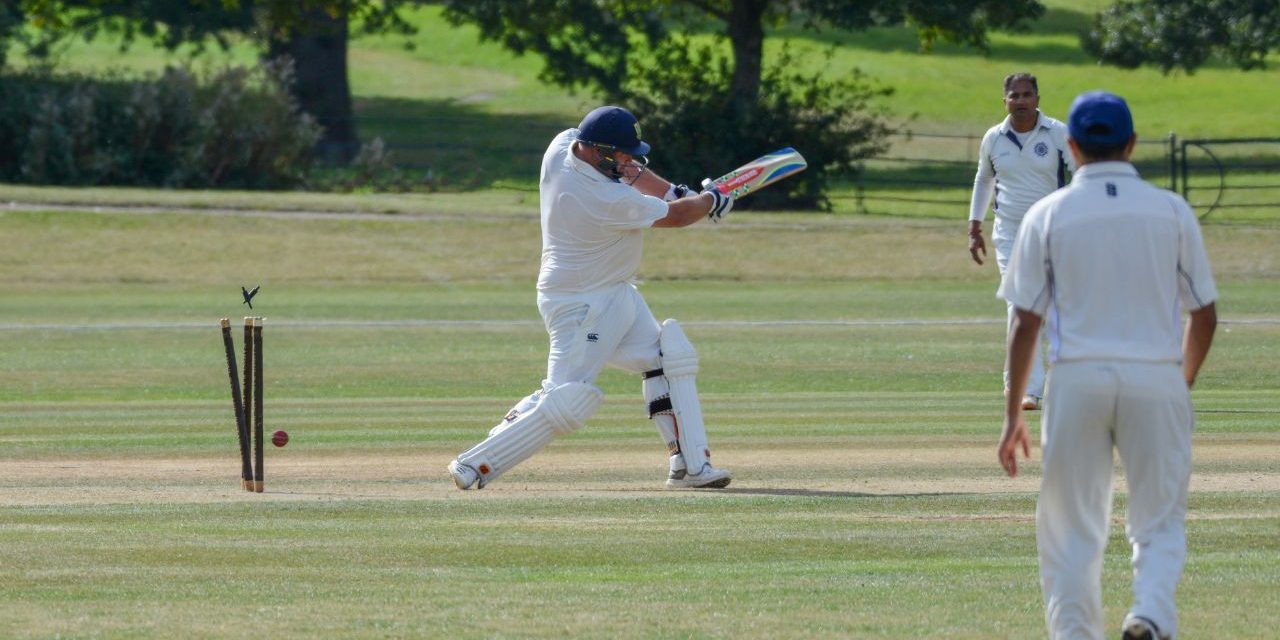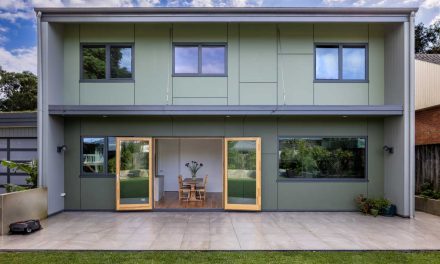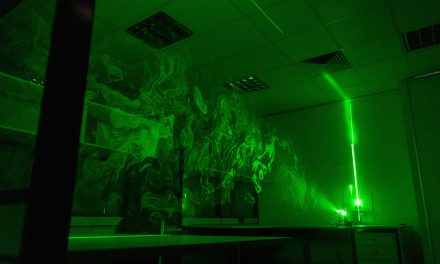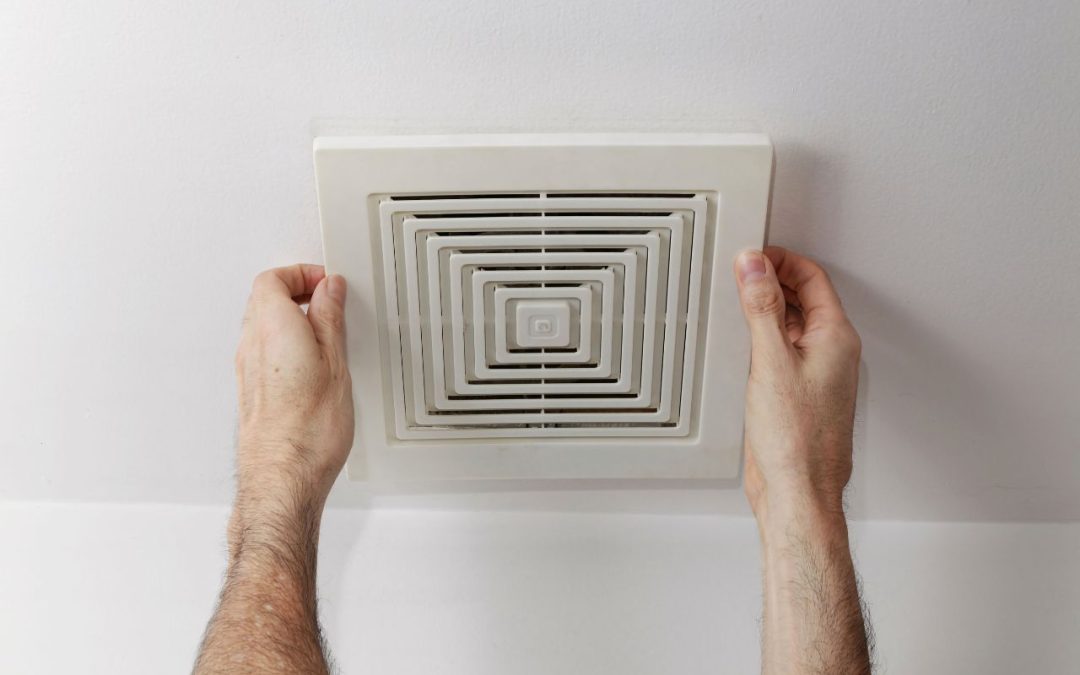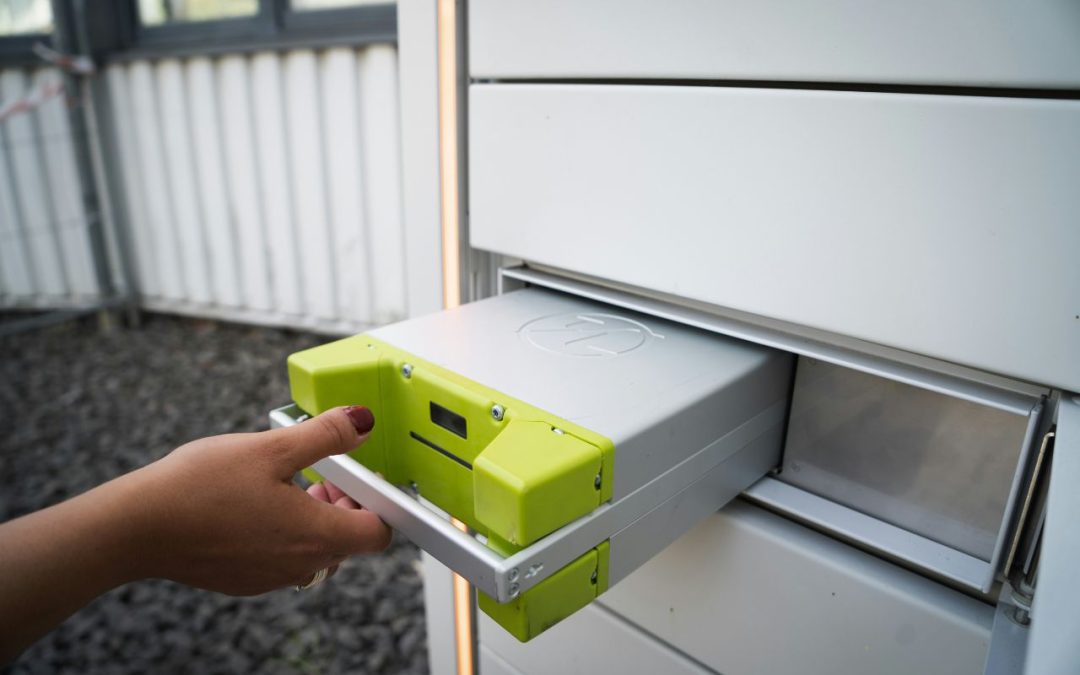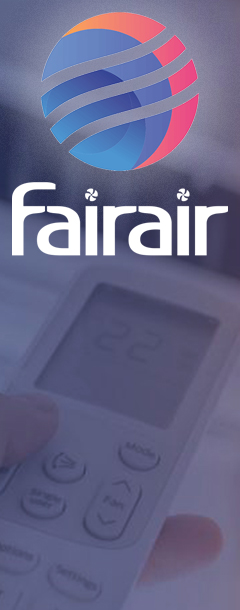Nick Johns-Wickberg discovers how a heat monitoring tool developed by the University of Sydney is playing an important role in local sport.
It’s 3:46pm on a Sunday and I’m standing at fine leg in 40°C heat. I’ve just bowled my fourth over on the trot, each ball coming out slightly slower than the one before it. My shoulder is aching – I tell my teammates it’s because I’ve been carrying them all season, but it’s actually an injury from decades of bowling with my notoriously awkward action.
The scene in front of me is fourth-grade suburban cricket at its most real: dads playing alongside sons, beer guts jiggling with each run, partners at home wondering where it all went wrong. You can tell which of the players were out late last night by how deeply they’re slouching in their fielding positions. It’s so oppressively hot that we can barely think, let alone perform feats of sporting excellence.
Most people would prefer to spend their summer Sundays in air conditioned comfort with their loved ones. But we aren’t most people; we’re club cricketers. We routinely waste the best day of the week playing a game that destroys us both physically and mentally. And we love it.
In previous years, this match would have been called off before it even started due to extreme heat. Instead of sweating out in the field, we’d be at the pub, sweating over the last bite of an XL parma.
But having already lost several matches this season due to public holidays, byes and washouts, we’re desperate to play today. And we’re able to thanks to a new heat monitoring system developed by the University of Sydney (Unisyd).
Smarter heat monitoring
The app that’s changing the way we assess heat risks in sporting events is called the SMA Extreme Heat Policy tool. It’s available for free online and not only calculates the hourly risk of heat stress at any given postcode in Australia using a seven-day forecast, but also tailors recommendations and warnings according to what sport the user will be playing.
Sports Medicine Australia (SMA) initially developed the tool in 2021. However, its accessibility was limited; users had to manually consult a PDF to assess heat risks, and the policy turned out to be too lenient in very hot, dry conditions and overly conservative in warm, humid conditions.
Dr Federico Tartarini, Affil.AIRAH, works with Unisyd’s Heat Health Research Incubator. He was part of the team that redeveloped the tool, relaunching it in December 2022 with an interactive web interface that allows users to more easily assess heat risk in their local area and make a call on whether to go ahead with sporting events.
Tartarini says the tool fulfils a specific and necessary function: allowing Australians to stay safe while enjoying their favourite pastimes.
“Sport and physical activity are integral to Australian culture, with 78 per cent of adults participating in some form of sport or physical activity in 2023, and 40 per cent engaging weekly,” Tartarini says. “However, Australia’s climate poses significant challenges, with summers characterised by prolonged periods of extreme heat.
“Ambient temperatures in the shade often exceed 35°C in major cities, and high relative humidity further exacerbates heat stress by hindering sweat evaporation. While fatal heat injuries during sports are rare, thousands of heat-related illnesses like heat exhaustion are reported annually.”
How it works
What seems like a simple interface in fact masks some highly complex calculations.
“The tool uses the predicted heat strain (PHS) model, as defined by ISO 7933:2023, to evaluate thermal stress,” Tartarini explains. “This two-node model predicts sweat rates and core body temperature based on environmental conditions (temperature, humidity, mean radiant temperature, and wind speed) and personal factors (clothing and metabolic rates). The output of the model is then mapped to four risk categories: low, moderate, high, and extreme.”
Avid readers of Ecolibrium might remember the HeatWatch app, which Tartarini and his team at Unisyd developed in 2022. Tartarini says the SMA tool functions similarly, but with added variables that calculate risk based on which sport the user is playing.
“The key difference lies in the sport-specific inputs,” Tartarini says. “For each sport, we derived data on clothing insulation, metabolic rates, and activity duration from peer-reviewed sources. Where sport-specific data were unavailable, we used data from similar sports: for example, rugby union data for rugby league.”
The app includes data for all outdoor sports from abseiling and archery to triathlon and volleyball. One of the other advantages of the tool is that it works for any postcode in Australia and could potentially be expanded to other countries.
“The tool uses forecasted environmental data from two weather APIs: Open-Meteo and the Norwegian Meteorological Institute (MET Norway),” Tartarini says. “The APIs provide hourly concurrent dry-bulb and relative humidity data for a specific location.
“Users can select any location in Australia,” he says. “The latitude and longitude of the user is determined by using the postcode centroid enabling future expansion to other countries for international use.”
Pushing the boundaries
Certain groups are at much higher risk of heat stress than the general population. These groups include the very young, the elderly, people living with disabilities, and those who have pre-existing health conditions.
One group you probably wouldn’t expect to be at heightened risk is elite athletes. But as co-developer Dr James Smallcombe explains, it’s not just about the individual’s physiological make-up; their behaviour can have just as big an impact on their risk factor.
“I would suggest that individuals engaged in sport can, at times, be greater risk of heat-related illness due to a competitive drive to push themselves, even if the environmental conditions are severe,” Smallcombe says. “This may be more likely at the higher echelons of sport, where the ‘stakes’ are higher, or in team sport settings in which individuals do not want to let their teammates down by ‘taking it easy’.”
As Smallcombe points out, having access to quality data and advice takes the burden of making any decisions away from the players themselves.
“One advantage of using our app is that it reduces the reliance on individuals to make sensible, heat-safe decisions and provides very clear evidence-based recommendations to help reduce heat-related risks,” he says.
Protecting everyday athletes
Many elite athletes are hyper-aware of the dangers of extreme heat during sport. While they remain at risk of over-exertion, they often have the resources to protect themselves. This isn’t the case for weekend plodders like my teammates and me, which is why the SMA tool focuses on everyday sportspeople.
“The tool is designed for sporting administrators, coaches, and medical teams responsible for the safety of healthy adults participating in recreational and community sports in hot conditions,” Tartarini says. “It is also useful for managing heat stress during training sessions.
“The updated app specifically targets fit and healthy adults aged 18 to 60 without chronic diseases, focusing on community-level sports rather than elite competitions.”
While the tool is not yet a household name, it is becoming more popular among Australian local sporting competitions.
“Since its launch, the SMA tool has been widely adopted by recreational athletes and community sports organisations, including Football NSW in 2023 and the Australian Powerlifting Alliance in 2024,” Tartarini says. “We are promoting the tool through social media, international conference presentations, and engagement with sports organisations.”
More play, less danger
Roly Imhoff is the convenor of the Melbourne Cricket Club’s club XI competition, the very league in which my cricket team and I struggle every Sunday. He’s also a prolific top-order batter who has hit me for more boundaries over the years than I care to admit.
The MCC league ranges from semi-social cricket in the lower divisions up to high-level competition in division 1. This means Imhoff has to maintain a safe and healthy environment for everyone, from elite junior cricketers who could one day represent their country to players in their 50s who might not be particularly fit.
Imhoff first heard about the SMA Extreme Heat Policy tool in mid-2024 at Cricket Victoria’s Associations Forum. He says that as soon as he saw Victorian Premier Cricket using it, he knew it would make sense for his competition too.
“With more frequent extreme temperatures becoming more likely, it makes sense to have a more flexible and intelligent approach to managing the risk of heat stress,” Imhoff says. “The old method of calling games off when it reaches 38°C has become outdated and is a clumsy way to handle extreme heat, especially with player comfort so variable across Melbourne.”
Indeed, the MCC club XI is played in all corners of the city, with some grounds more than 40km away from each other in vastly different surroundings. It’s easy to see how comfort conditions in a concrete-heavy urban area with minimal shading could be quite different to those at a leafy ground near the bay with a sea breeze, even if the mercury reads the same at both locations.
While player safety is the main reason for switching to the SMA tool, there are other benefits too. As Imhoff points out, reducing ambiguity around match cancellations also helps maintain the integrity of the competition.
“As most of the extreme heat days happen late in the season, usually the teams that are struggling push for games to be called off,” he says. “Changing our policy has meant that we still aim to play games – calling games off is an absolute last resort.”
Baptism of fire
February was the first time the MCC competition has needed to use the SMA tool. Imhoff says it will take some getting used to, but that the response so far has been positive.
“There were still a lot of people questioning if they could call games off or play reduced overs, which is a natural response; people are more likely to be concerned about extreme heat these days,” he says. “Twenty years ago we didn’t even question a 40°C day and would play regardless.
“Having said that, a lot of people commented that the app was a great tool. For me personally, it was very useful to see how the different locations would vary.”
He adds that, given the range of data that we have access to on a daily basis, using smarter technology like the SMA app makes sense.
“I have another app that accurately predicts rain and for how long it’s going to last in my location, which makes it easy to work out when to walk my dog or when I need to put a jacket on,” he says. “Similarly, apps like this can help us plan our games more accurately and efficiently. If we see extreme heat forecast for late in the day, we can schedule games to start earlier.”
Tips for staying cool
Engaging in sports during extreme heat requires careful planning and proactive measures to minimise the risk of heat-related illnesses. Here are some key recommendations:
- Monitor environmental conditions: Use tools like the SMA Extreme Heat Policy and avoid intense activities during the hottest parts of the day.
- Stay hydrated: Drink fluids before, during, and after activity.
- Adapt activity levels: Consider reducing playing time or increasing rest breaks.
- Wear appropriate clothing: Choose lightweight, breathable, and light-coloured clothing, and protect yourself from UV with sunscreen and sunglasses.
- Use cooling strategies: Use ice vests, cold towels, or misting fans before activity or during breaks.
- Educate participants: Ensure athletes, coaches, and support staff are aware of the signs and symptoms of heat-related illnesses, such as dizziness, nausea, headache, or confusion.
- Follow policy guidelines: Adhere to heat policies like the SMA Extreme Heat Policy.
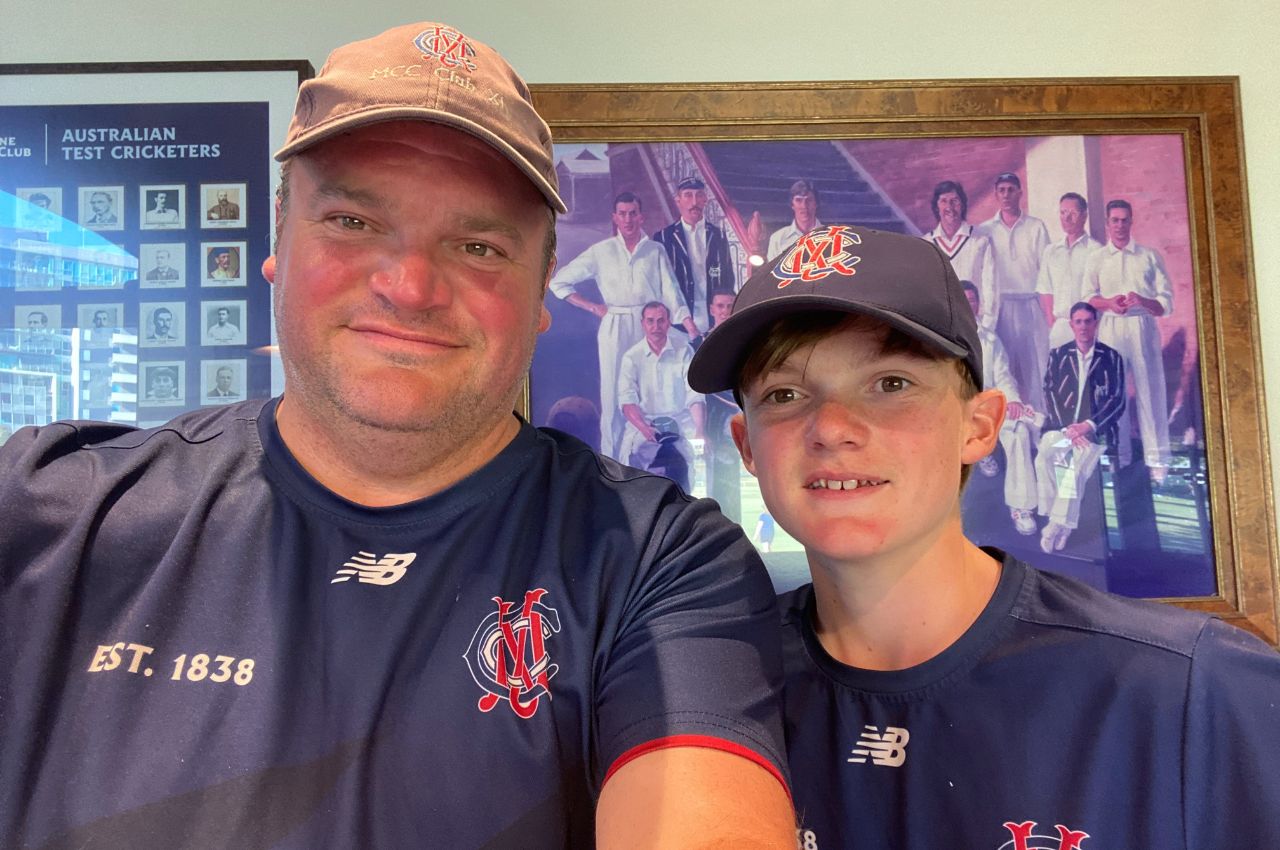
Roly Imhoff, convenor of the MCC club XI competition, alongside his son Freddie
Victory in sight
It’s now 5:13pm and we can see the finish line. We’ve got the opposition nine wickets down for not many, our total of 153 looking unassailable. I’ve pulled the ultimate club cricket captain move and brought myself back into the attack to bowl at batters 10 and 11.
I shuffle in to bowl and release an absolute floater, the kind of loopy rubbish one inevitably bowls at this time of day. Of course, as any club cricketer knows, a bad ball is much more likely to take a wicket than a good ball, and the batter hits it in the air straight to long-off. Victory is ours!
Several of us have struggled at points throughout the match, but we’ve taken extra drinks breaks, substituted fielders in and out when necessary, cooled down with ice packs and icy poles, and used our air conditioned change rooms to their full potential throughout the day.
I can’t imagine how we would have survived today without HVAC&R technology. We may take fridges, freezers and split systems for granted, but in extreme conditions, these systems help keep us safe and healthy. Advanced heat monitoring is a relatively new addition to that arsenal, but without it, we simply wouldn’t have been able to spend this summer Sunday the only way we know how: playing cricket.
Better than ever
The SMA extreme web tool was developed by Dr Federico Tartarini, Affil.AIRAH, Professor Ollie Jay, Dr James Smallcombe, and Grant Lynch at the University of Sydney’s Heat and Health Research Centre.
The team has now developed an updated version of the app, which will go live in Q2 of 2025. You can access the app at sma-heat-policy.sydney.edu.au.
